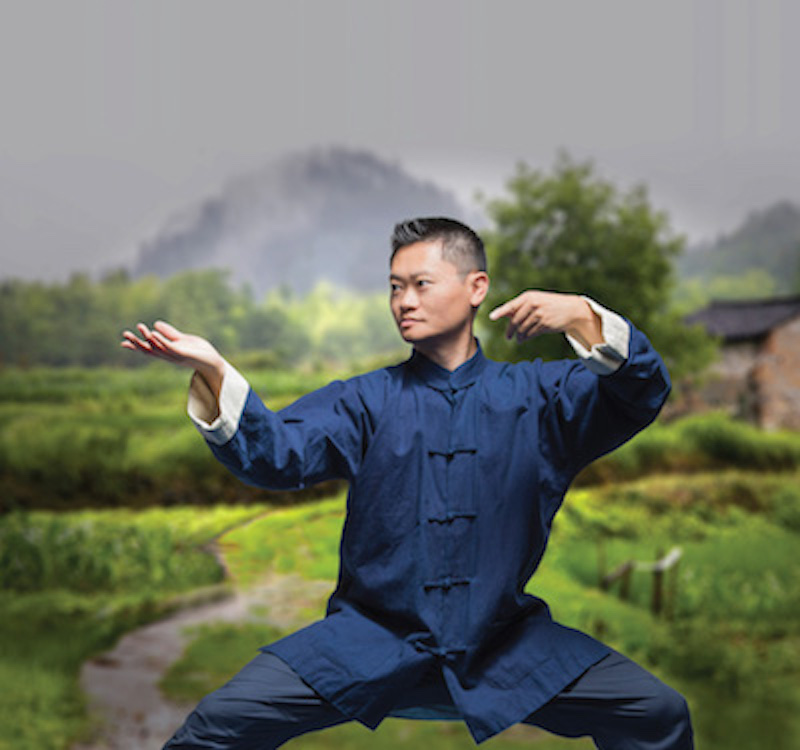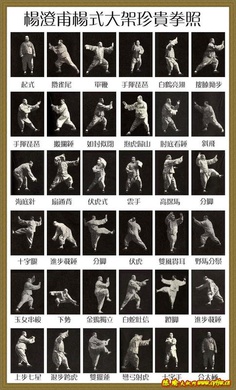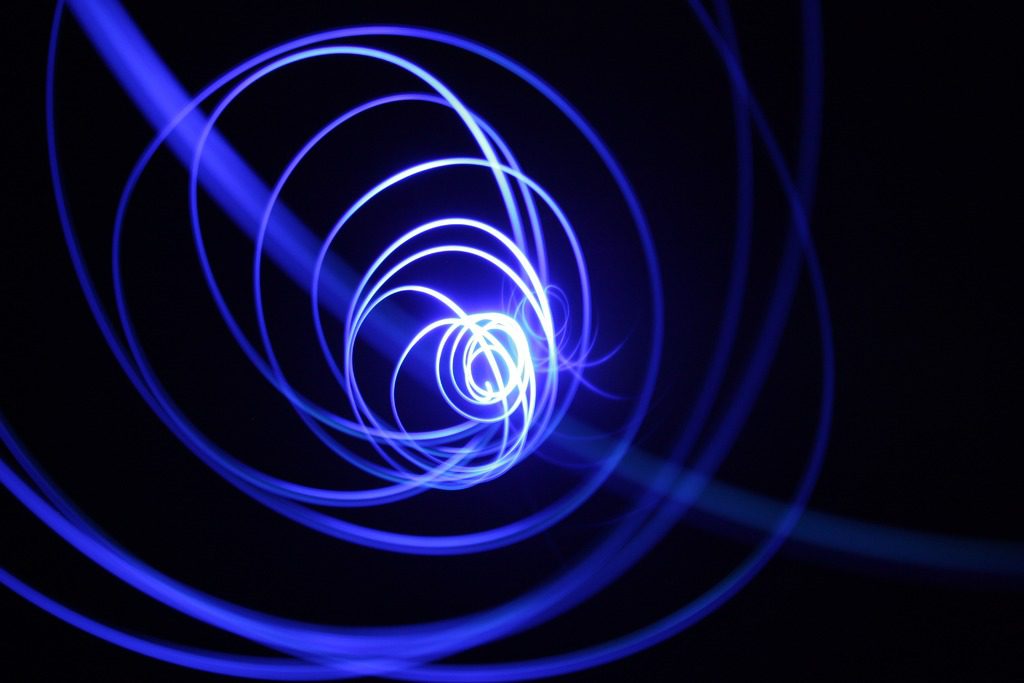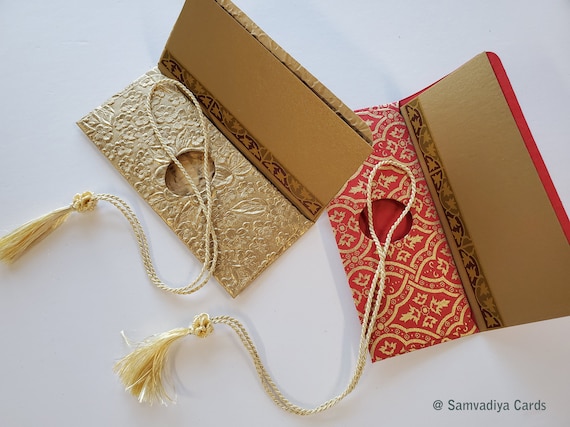Chen Tai Chi Principles
Por un escritor de hombre misterioso
4.6 (121) En stock

Tai chi has become more and more popular as a mainstream exercise, usually practiced in slow motion to improve health. Research has shown that tai chi practice can improve our body coordination, improve balance, and reduce risks for falls, especially for seniors. Tai chi practice can also help to reduce anxiety, depression, and stress. When practicing tai chi, you are more focused on deep breathing, good balance, and mind/body coordination of movements. As a result, regular tai chi practice can result in calmness, inner awareness, and stillness. As a beginner to tai chi, it is important to understand the differences of each style and choose the one that most fits your interest and condition. There are six major styles of tai chi widely practiced in the world, and they are Chen style, Yang style, Sun style, Wu style, Wu (Hao) style, and Zhau Bao style. Chen style is considered the oldest and therefore the root of all family styles. All styles of tai chi share the same theories and principles. For example, they all use thirteen principles as their foundations. Thirteen principles are eight energies or techniques, plus five steppings or directions. The eight energies are peng (wardoff), lu (rollback), ji (press), an (push), cai (pulling downward), lie (split), zhou (elbow strike), and kao (body leaning strike). The five directions are advancing forward (前進), retreating (後退), gazing or stepping to the left (左顧), and looking or stepping to the right (右盼). The following are some other essential principles that apply to all styles of tai chi: Keep the body centered and upright (立身中正). Sink shoulders and drop elbows (沉肩墜肘). Arc your chest and round your back (含胸拔背). Vitality of spirit leads to the top of the head (虛領頂勁). Sink the qi or energy down to dan tian (氣沉丹田). Loosen the waist and hips (松腰落跨). Upper body and lower body follow each other (上下相隨). Martial Arts Roots Chen-style tai chi originates from Chen Village martial arts in the 1400s, and the forms still have their martial arts applications intact. It seems clear there is a relationship between ancient Chen-style arts and Shaolin kung fu, as many forms share the same movements, but these details are mostly lost to history. One of the most distinctive characteristics of Chen-style tai chi is silk-reeling power, sometimes called spiraling power. Silk-reeling exercise (chan si gong) is an important stand-alone training method for developing body awareness, coordination, unity in movement, strength, and internal energy. It is known as yin-yang sticking hands in Yang-style tai chi. In Chen tai chi forms, silk reeling allows you to enter an opponent's "open door" effectively. It allows you to "stick" to your opponent (attaching and adhering) and entwine him or her to redirect the movement and energy (coiling and neutralizing). Another main characteristic in Chen style is power emission, known as fajin. This skill is trained and refined over time until you can express martial power with fast and sudden force, either whipping or penetrating with the effect of a shockwave. The art of power emission involves body alignment, momentum, timing, and increased qi (energy) circulation. With fajin, you are transferring your body's momentum over a shorter period of time. This is often used in coordinating with point striking, aiming at a small target, so the strike can penetrate and cause more damage to an opponent. Fajin movements can be seen repeatedly throughout Chen style forms and many other martial art styles. Chen-style tai chi also includes jumping, combination of fast and slow moves, alternating hardness and softness, and steady footwork.
Chen Push Hands - Tai Chi Instructional DVD - Ken Gullette's Internal Martial Arts

Chen Style Tai Chi: Beginners Guide

Some Guidance on Chen Style Tai Chi Cannon Fist
The 25 secrets of Tai Chi are the secretive Tai Chi principles inherited in Chen Village (Chenjiagou) where Tai Chi was created. Please remember that

25 Secrets of Tai Chi: Chen Family Taijiquan 25 Key Disciplines

Scientific Principles and Methods of Chenstyle Tai Chi

Yang Style Tai Chi Chuan

CHEN STYLE TAI CHI CHUAN AND 3 PRINCIPLES OF PRACTICE.

Chen Tai Chi With Grandmaster Gou — Nourishing Moves

Chen Style Tai Chi: Beginners Guide
Aiping Tai Chi Austin - Authentic Tai Chi Lessons in the Austin Area
Tai Chi: What You Need To Know
Here Are the Many Health Benefits of Tai Chi
Tai Chi 'could be prescribed' for illnesses - BBC News
What is Tai Chi? How can you get started learning Tai Chi – Tai
 Sobres monetarios para tarjetas de regalo para invitados, sobres de regalo de devolución de bodas, sobres de dinero en relieve de oro rojo, tamaño de billete de dólar, conjunto de 100
Sobres monetarios para tarjetas de regalo para invitados, sobres de regalo de devolución de bodas, sobres de dinero en relieve de oro rojo, tamaño de billete de dólar, conjunto de 100 LECHE EN POLVO EL RODEO X 900
LECHE EN POLVO EL RODEO X 900 Startech .Com Cable Usb 3.0 De 2M Extensor Alargador Usb A Macho A Hembra Cable –
Startech .Com Cable Usb 3.0 De 2M Extensor Alargador Usb A Macho A Hembra Cable – Paquete 6 Servilletas Poliéster Suave Bodas Cumpleaños - Temu
Paquete 6 Servilletas Poliéster Suave Bodas Cumpleaños - Temu Unos auriculares de OnePlus tirados de precio: autonomía de 30 horas y Dolby Atmos por menos de 30 euros
Unos auriculares de OnePlus tirados de precio: autonomía de 30 horas y Dolby Atmos por menos de 30 euros Ventana de pvc doble abatible - Decoglass
Ventana de pvc doble abatible - Decoglass